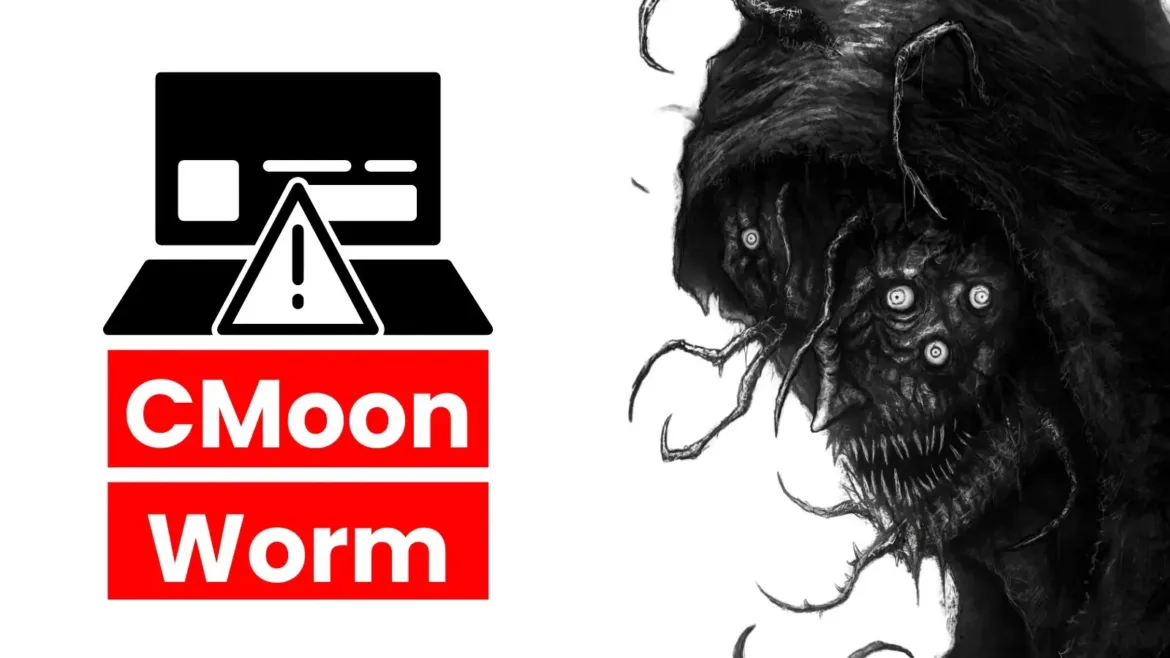New Cmoon Worm Attacking Users Via Compromised Websites
.webp?w=696&resize=696,0&ssl=1)
Cybersecurity experts absorb uncovered a brand unusual worm named CMoon focusing on customers via compromised internet sites. This delicate malware can rob confidential and price records, download extra malware, and commence Distributed Denial-of-Provider (DDoS) assaults.
The worm used to be in the muse detected in July 2024, and its distribution diagram and performance absorb raised major issues amongst cybersecurity experts.
Detection and Transport
At the discontinue of July, Kaspersky Lab’s likelihood monitoring methods recognized CMoon on a sound internet reveal belonging to a firm providing gasification and gasoline offer products and services in a Russian metropolis.
The attackers had modified links to download regulatory paperwork in varied formats (.docx, .xlsx, .rtf, .pdf) with malicious executable files.
These files were cleverly disguised to appear as the long-established paperwork with an added .exe extension. About two dozen links were compromised, each resulting in a self-extracting archive containing both the long-established account and the malicious payload.
Per the SecureList account, the payload, named CMoon, used to be stumbled on via Kaspersky Security Community (KSN) telemetry records.
This records, anonymized and peaceful from Kaspersky Lab product customers, indicated that the likelihood used to be essentially encountered by customers in Russia, suggesting a centered attack on guests to the say compromised reveal.

Description of the Risk
CMoon is a worm written in .NET, geared up with intensive records theft and faraway reduction an eye on capabilities. Once it infects an particular particular person’s machine, it first assessments for the presence of antivirus instrument.
If none is detected, it installs itself in the %LocalAppData%.dat itemizing and creates a startup shortcut in the %AppData%MicrosoftWindowsLaunch MenuApplicationsStartup.lnk folder.
The worm then alters its files’ introduction and modification dates to appear as if they were created on Would perhaps perhaps additionally 22, 2013. One in all CMoon’s notable aspects is its skill to computer screen connected USB drives, allowing it to rob files and propagate itself to varied computers.
It replaces files on the pressure with shortcuts resulting in the malware, with the exception of for files with .lnk and .exe extensions and these in folders with .intelligence and .usb substrings.
The worm can also receive instructions from a faraway server to make varied duties, in conjunction with downloading and executing varied malicious files, taking screenshots, initiating DDoS assaults, and amassing records about native community sources.
struct Request { char magic[6]; u8 packet_type; char rc4_key[8]; be u64 data_size; char data[data_size]; char botid[32]; char md5[32]; };Applications and Files Targeted
CMoon targets a life like alternative of purposes to rob sensitive records, in conjunction with:
- Browsers: Firefox, Thunderbird, Waterfox, Microsoft Edge, Google Chrome, Opera, Opera GX, Yandex Browser
- Crypto Wallets: Guarda, Coinomi, Bitcoin, Electrum, Electrum-LTC, Zcash, Exodus, Jaxx, Monero, Binance, Wasabi Pockets, Atomic, Ledger Live
- Messengers: Pidgin, Telegram
- SSH Client: Snowflake (Muon)
- FTP Client: FileZilla
- Video Recording Tool: OBS Studio
- Authenticators: WinAuth, Authy
- Some distance away Get entry to Tool: MobaXterm
- VPN Customers: OpenVPN
The worm also searches for paperwork containing key phrases like “secret,” “provider,” and “password” in varied formats, moreover as files related to machine security and particular person credentials.
Verbal substitute and Packet Structure
Earlier than communicating with its mumble server, CMoon assessments the online connection by requesting a known server. Verbal substitute occurs via a TCP connection, with outgoing packets starting with the bytes “CMOON$”.
The packets are encrypted the spend of an RC4 key and hang varied records kinds, in conjunction with machine records, Wi-Fi profiles, and screenshots.

The CMoon worm represents a flowery and centered cyber likelihood, highlighting the need for enhanced security features. While Kaspersky Lab successfully neutralized the likelihood from the compromised internet reveal, the likelihood of related assaults on varied sites stays a anxiety.
Users and organizations are suggested to remain vigilant, be sure their instrument is up-to-date, and spend tough cybersecurity practices to give protection to against such threats.
Indicators of compromise
CMoon С2С
93 [.] 185 [.] 167[.]95:9899
MD5
132404f2b1c1f5a4d76bd38d1402bdfa
Source credit : cybersecuritynews.com


